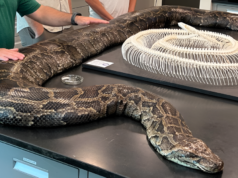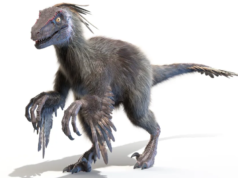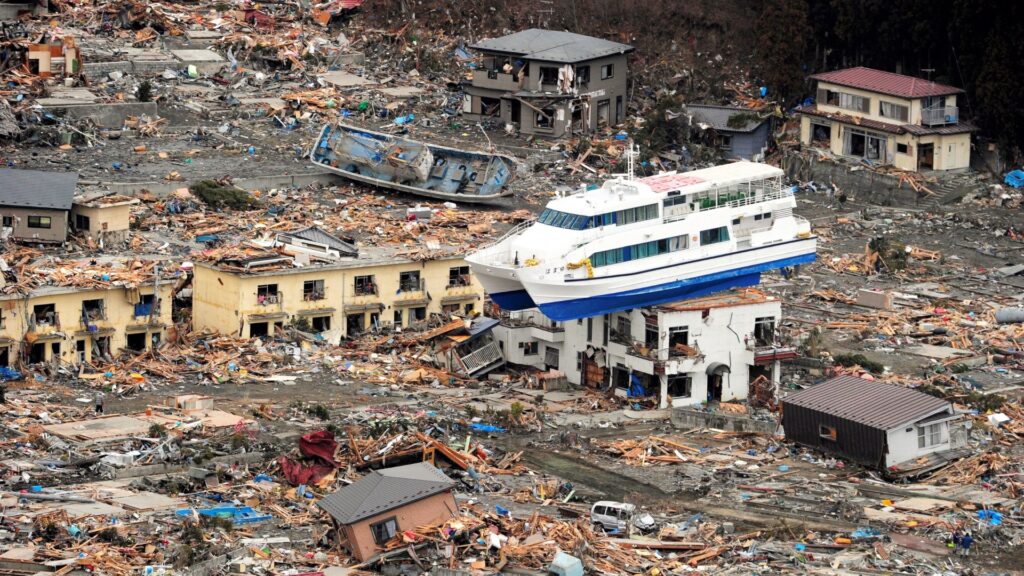
The recent warnings from scientists regarding a potential “superquake” have raised significant concerns about the seismic threats facing regions like Japan and the U.S. West Coast. As experts analyze the implications of recent earthquakes, the urgency to understand and prepare for such catastrophic events has never been more critical. This article delves into the latest findings and expert opinions on the looming threat of megaquakes.
Japan’s Megaquake Warning
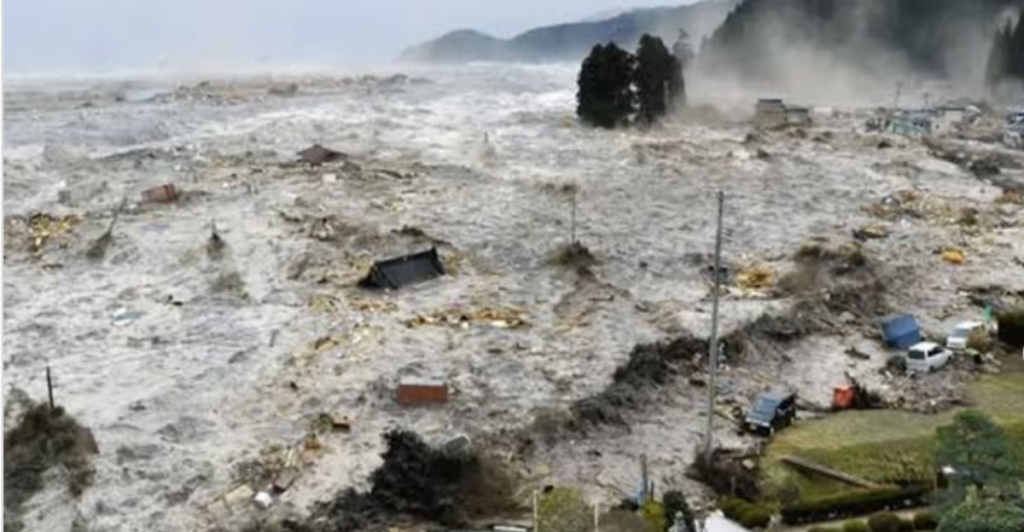
In August 2024, Japan issued its first-ever warning for a “megaquake” following a 7.1-magnitude earthquake that struck Kyushu. While this quake caused minimal damage, it heightened fears of stress on the Nankai trough, a fault line known for its potential to generate devastating tsunamis and significant loss of life. The Japanese government estimates that such an event could result in nearly 300,000 fatalities.
Cascadia Subduction Zone Concerns
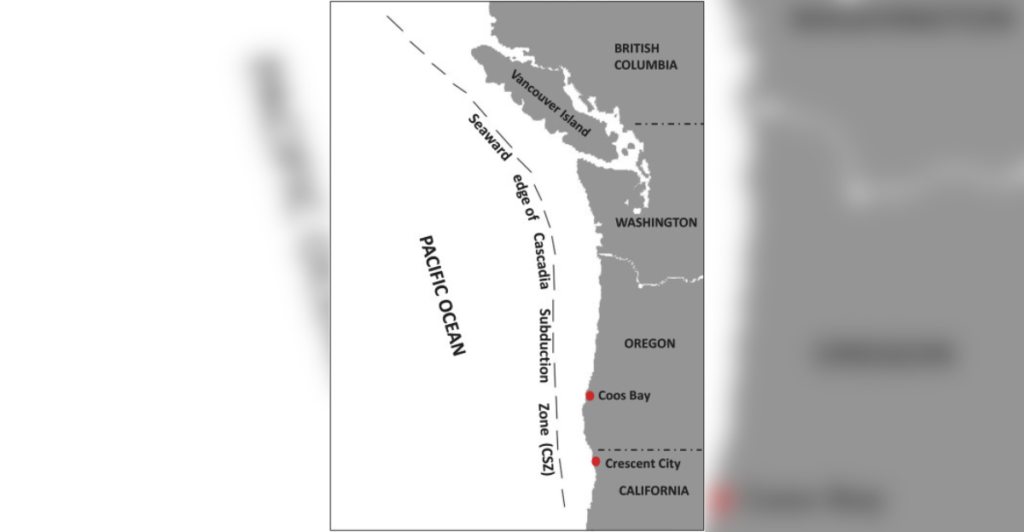
In the U.S., Harold Tobin, Washington state’s seismologist, expressed concern over similar risks posed by the Cascadia subduction zone. A potential magnitude-9.0 earthquake in this region could lead to an estimated 14,000 deaths in Oregon and Washington. Unlike Japan, the U.S. lacks established protocols for issuing earthquake warnings, leaving residents vulnerable.
Public Response to Earthquake Alerts

Following Japan’s advisory, officials took immediate action by closing beaches and canceling public events. Citizens rushed to gather emergency supplies in anticipation of potential aftershocks. In contrast, U.S. authorities would face challenges in determining when to alert the public about a smaller quake’s implications for Cascadia.
The Dilemma of Issuing Warnings
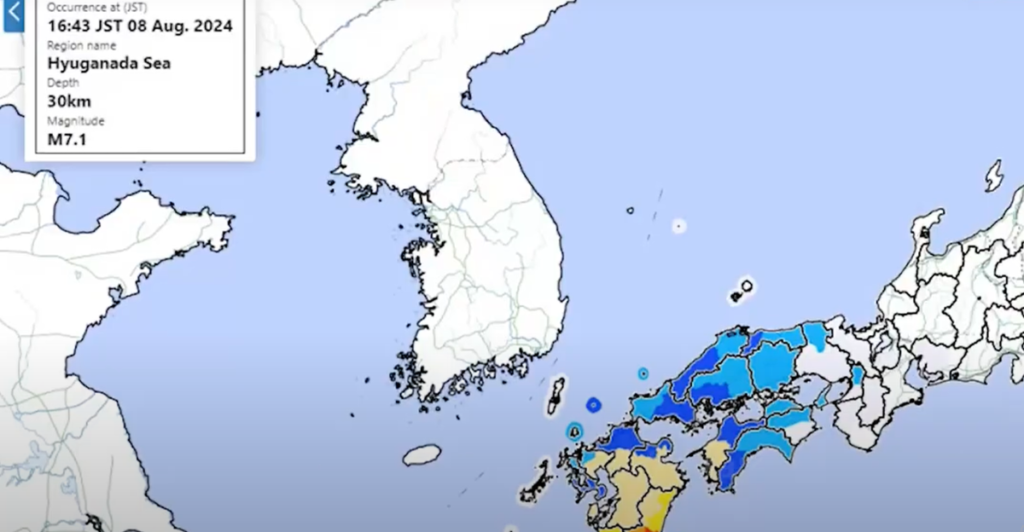
Tobin grapples with the ethical dilemma of issuing warnings based on slight increases in earthquake probabilities. He emphasizes the need for careful consideration to avoid unnecessary panic while ensuring public safety. The scientific community is still exploring reliable methods for predicting seismic activity.
Historical Context of Cascadia Quakes
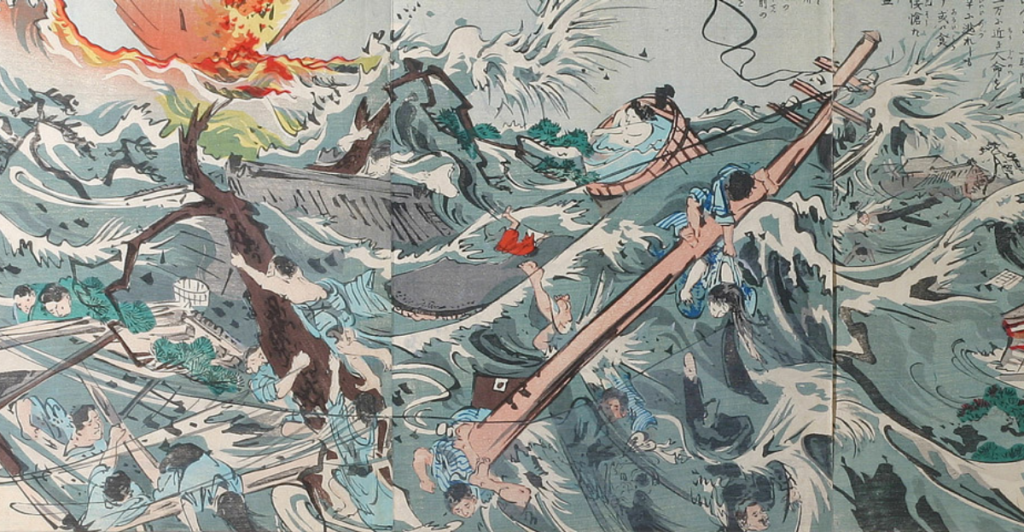
Research indicates that significant earthquakes have occurred along the Cascadia subduction zone approximately every 450-500 years. The last major event was in 1700 when a quake triggered a tsunami that reached Japan. Scientists are studying historical records and geological evidence to better understand these past events.
Evidence from Cedar Trees
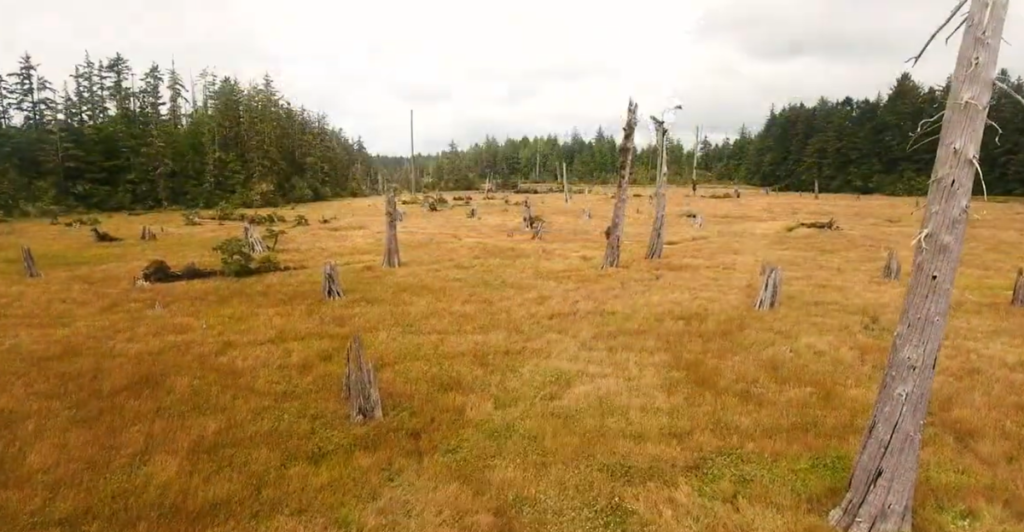
A recent expedition by Tobin and other scientists involved examining cedar trees along Washington’s Copalis River, which were killed during the 1700 tsunami. This research aims to uncover more about the conditions leading up to past earthquakes. Such studies are vital for improving predictions about future seismic activity.
The Impending Risk of Major Quakes
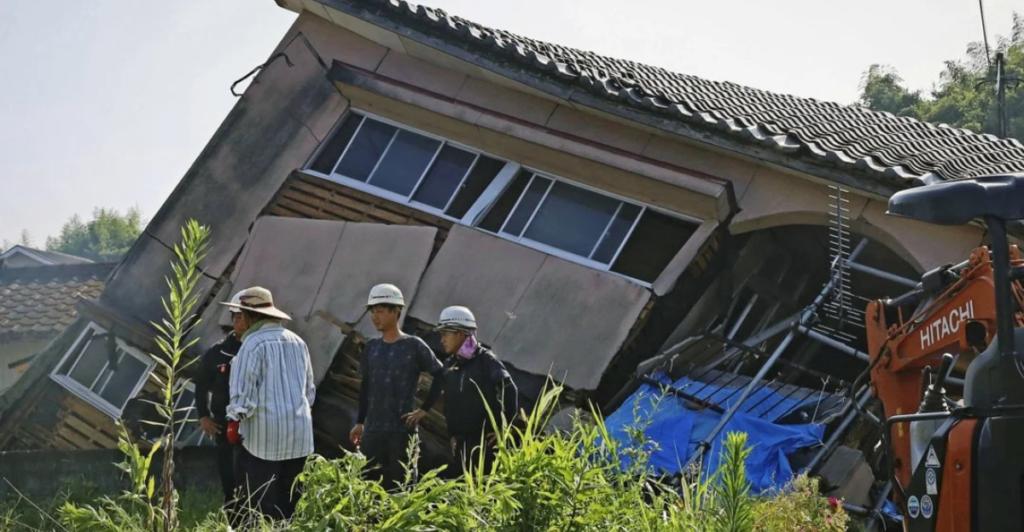
Experts warn that if the Cascadia fault were to rupture, it could result in over 100,000 injuries and widespread destruction across coastal areas. The duration of shaking could last up to five minutes, followed by tsunami waves impacting the coast for hours.
Preparedness Challenges

Washington state officials acknowledge that residents may need to rely on themselves for at least two weeks following a major quake. This lack of preparedness raises alarms about community resilience in the face of such disasters.
Global Seismic Patterns
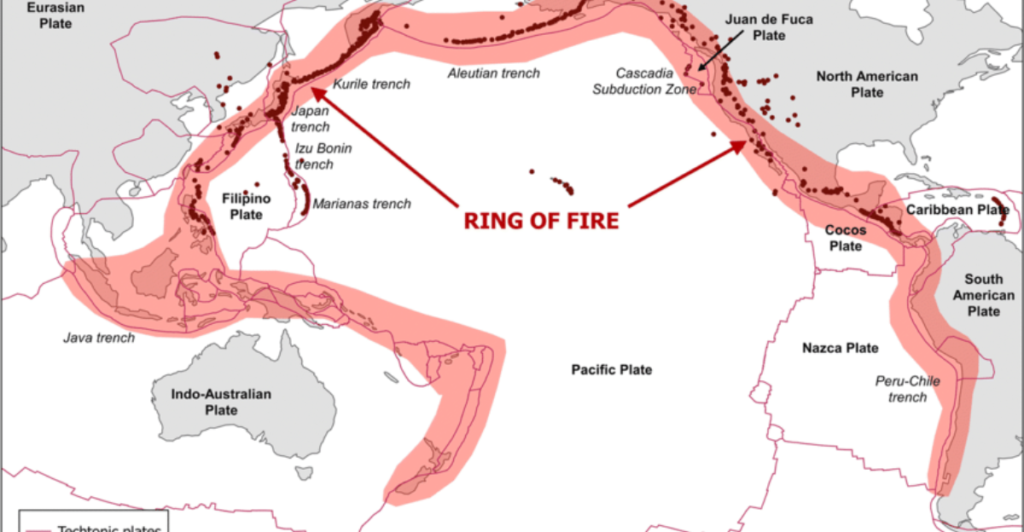
The Pacific Ring of Fire is home to numerous active subduction zones, with most experiencing significant ruptures over the past few decades except for Cascadia. This trend adds urgency to understanding why Cascadia remains quiet while other regions experience frequent seismic activity.
Recent Developments in Monitoring
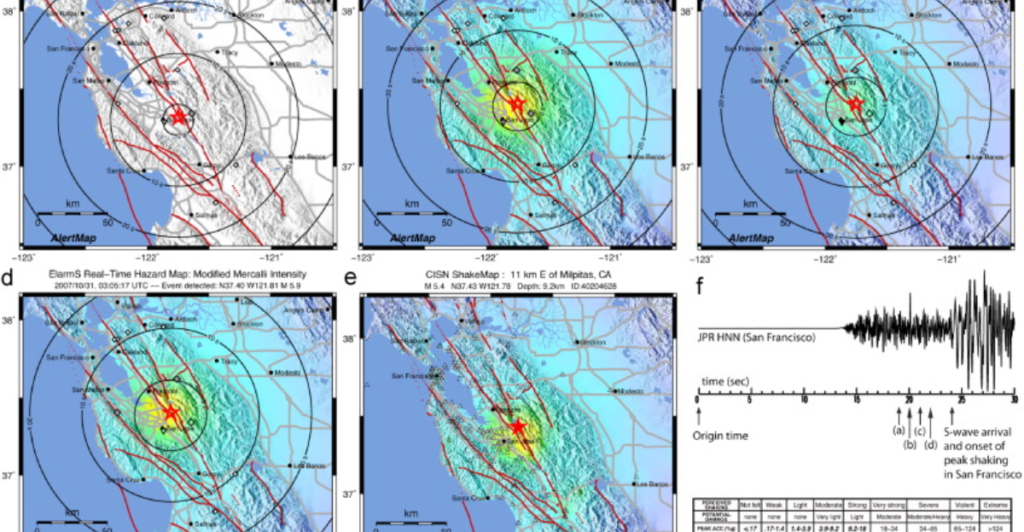
Japan’s advanced monitoring systems serve as a model for improving seismic detection capabilities elsewhere. In contrast, U.S. efforts have lagged behind, prompting calls for enhanced offshore monitoring networks. Recent federal funding aims to bolster these capabilities along the Oregon coast.
Slow-Slip Events as Precursors
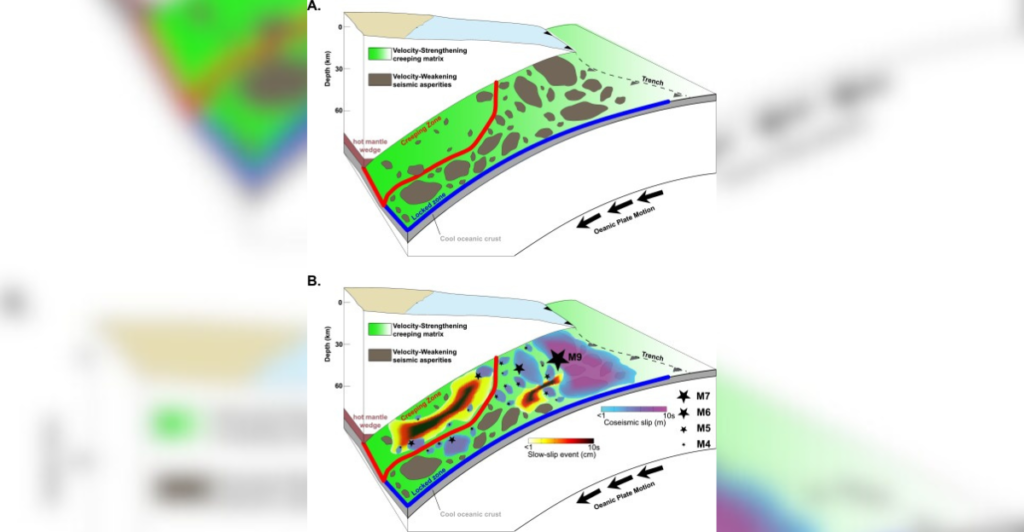
Research suggests that slow-slip events may serve as precursors to larger quakes. These subtle movements can occur without noticeable shaking but indicate increased seismic risk. Understanding these phenomena is crucial for developing effective warning systems.
Future Research Directions
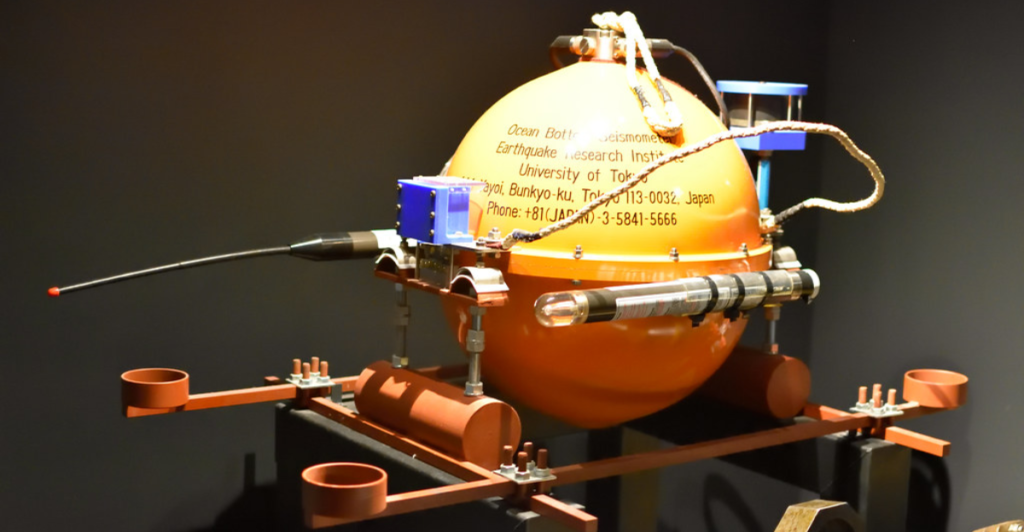
To improve predictions regarding Cascadia and similar faults, researchers emphasize the need for better data collection and monitoring techniques. Ongoing studies aim to enhance our understanding of slow-slip events and their relationship with larger earthquakes.
A Call for Preparedness
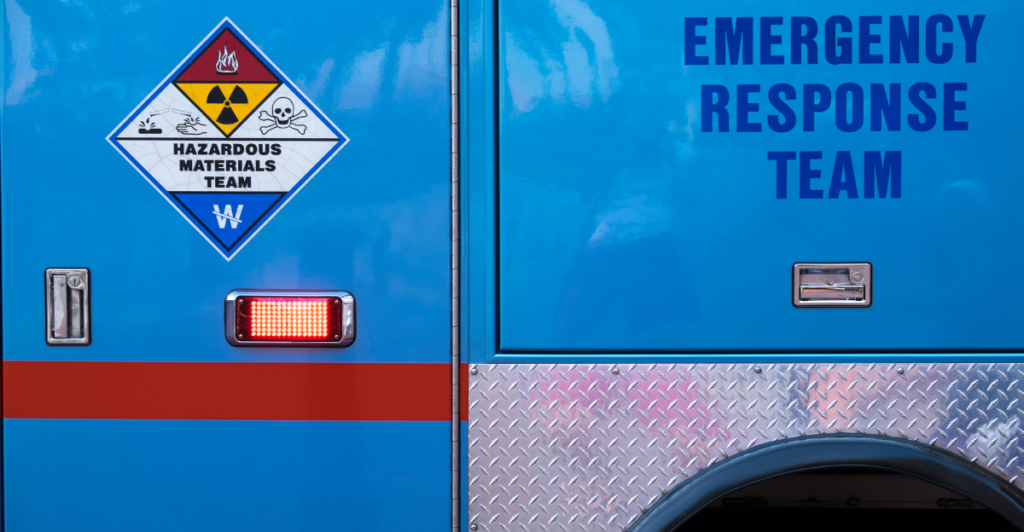
As scientists continue their research into megaquakes and their potential impacts, it is clear that both Japan and the U.S. must prioritize preparedness efforts. By learning from past events and investing in advanced monitoring technologies, communities can better equip themselves to face future seismic threats.
Discover more of our trending stories and follow us to keep them appearing in your feed

California Is Splitting Apart: A Fault Line Is Forming Faster Than Anyone Predicted
Deepest Hole On Earth Permanently Sealed After 2 Billion Year Old Discovery
“There Will Be Eruptions”: Concerns Mount as Yellowstone Supervolcano Activity Increases
Colossal American Impact Crater Found—Three Times Bigger Than the Grand Canyon
References:
UO’s earthquake scientists help prep for the next ‘Big One’
Earthquake scientists are learning warning signs of the ‘big one.’ When should they tell the public?
Japan’s ‘megaquake’ warning explained
Stay connected with us for more stories like this! Follow us to get the latest updates or hit the Follow button at the top of this article, and let us know what you think by leaving your feedback below. We’d love to hear from you!



